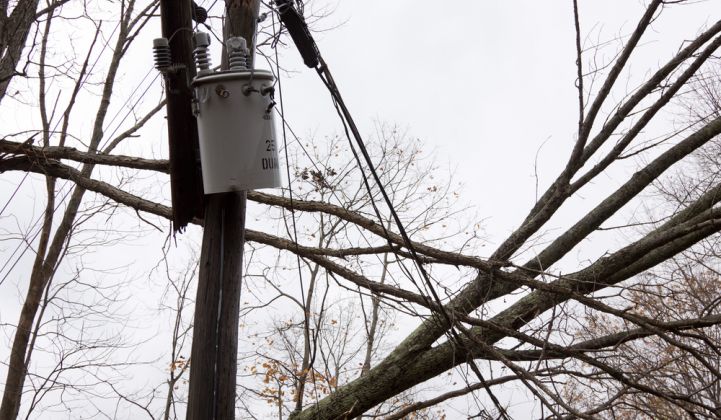After a year of negotiations, Public Service Electric and Gas Company reached a $1.2 billion settlement with the New Jersey Board of Public Utilities for its Energy Strong proposal.
The approval of $1.2 billion over five years is far lower than the nearly $4 billion, ten-year plan that PSE&G first proposed in February 2013. The New Jersey utility had about 1.7 million of its 2.2 million electric customers go without power during and after Superstorm Sandy.
“Clearly, we are not able to make every improvement we planned, but this settlement will allow us to begin to make meaningful upgrades, including upgrading substations that were flooded in Superstorm Sandy and Hurricane Irene, replacing 250 miles of cast-iron gas pipes and adding intelligence to our system to help speed restoration when there are outages,” Ralph Izzo, PSE&G chairman and CEO, said in a statement.
Energy Strong had the support of many towns, unions and large businesses, but faced significant opposition from consumer advocates, such as AARP and the state’s ratepayer advocate, Division of Rate Counsel. The plan will cost ratepayers about $4 more per month by 2018, or 2 percent, according to The Star-Ledger.
PSE&G has long maintained that the higher costs will be offset by other surcharges that are expiring and low natural gas prices. The original proposal could have raised rates by as much as 6 percent to 8 percent, according to some reports.
Much of the money will go to physical hardening, although there is still some funding for smart grid technologies. The major investments include:
- $620 million to raise, relocate or protect 29 switching and substations that were damaged by water in recent storms
- $350 million to replace and modernize 250 miles of low-pressure cast-iron gas mains in or near flood areas
- $100 million to create redundancy in the system, reducing outages when damage occurs
- $100 million to deploy smart grid technologies to better monitor system operations to increase the ability to more swiftly deploy repair teams
- $50 million to protect five natural gas metering stations and a liquefied natural gas station affected by Sandy or located in flood zones
Originally, the plan called for about $650 million in smart grid technologies, including FLISR, an advanced distribution management system, substation automation, upgraded mobile systems and smart switches.
But the majority of the Energy Strong funding was always going to be devoted to physical hardening, in particular raising and protecting substations. However, even that has been pared down significantly, from $1.7 billion to $620 million.
This long-awaited decision shows the increasing difficulty that utilities are facing in passing on costs to ratepayers to upgrade systems, even if the word "resiliency" is invoked. Nearby New York has taken a different approach to rethinking utility investment by starting a major regulatory reform that reconsiders how utilities prioritize investment and recuperate costs. Re-imagining the entire utility structure, however, could take years.
PSE&G will earn a rate of return of 9.75 percent on the first $1 billion in investment and will seek to recover the remaining $220 million in a rate base case that will be filed by November 2017.
The settlement still requires final approval by the New Jersey Board of Public Utilities.



